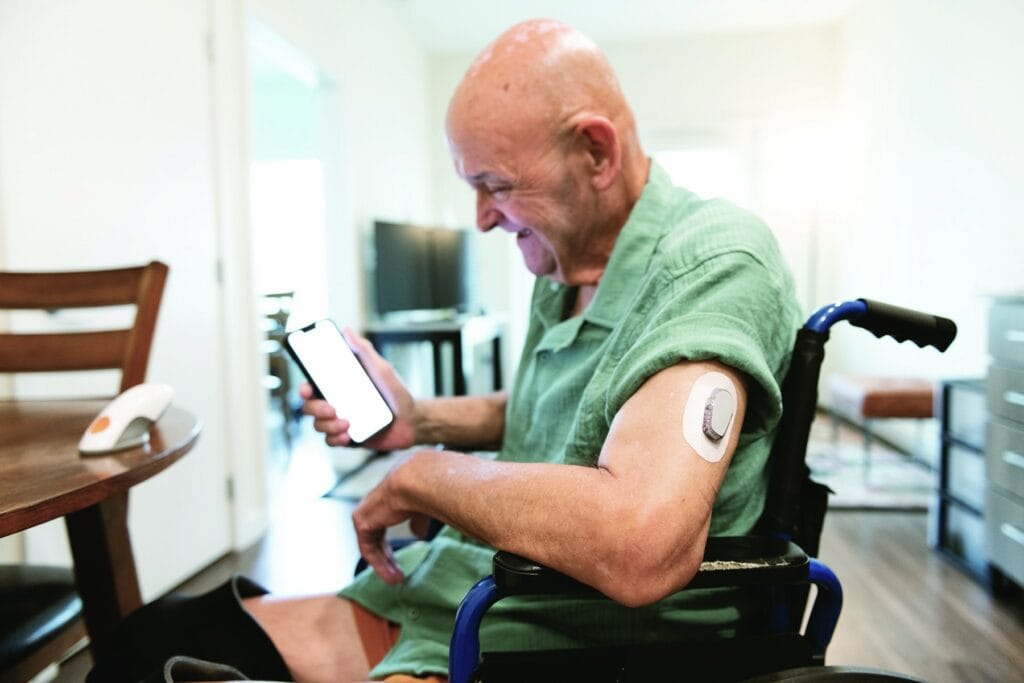
It is normal for your glucose levels to go up and down during the day. Your diabetes care team will help you know what target range is right for you. Talk about your results with your health care team at each visit to make sure you stay in your target range as much as possible.
Avoiding levels that are too high or too low can lower your risk for long-term problems such as:
There are three main ways to check your glucose. Follow the specific instructions for the device that you use. Know when to report any issues you are having, since you may need to call your provider instead of waiting until your next visit.

To lower your risk for heart attack, stroke, or diabetes. complications, talk to your health care provider for specific targets for you.
1
Take 15 grams of fast-acting glucose/carbohydrate
2
Wait 15 minutes and re-check
3
If glucose is less than 70, repeat steps 1 and 2
4
When glucose is 80 or above, eat a meal or snack
If you have 2 to 3 episodes of low blood glucose in 2 weeks, or if there is a pattern of when the low glucose happens most, talk with your health care team. They can suggest ways to avoid low glucose in the future.
Work with your health care team to find out what you should do if your glucose is higher than your target range, also called hyperglycemia. Diabetes is a progressive disease, so if your glucose is regularly higher than your targets, you may need a different treatment plan.
Interactive Guide